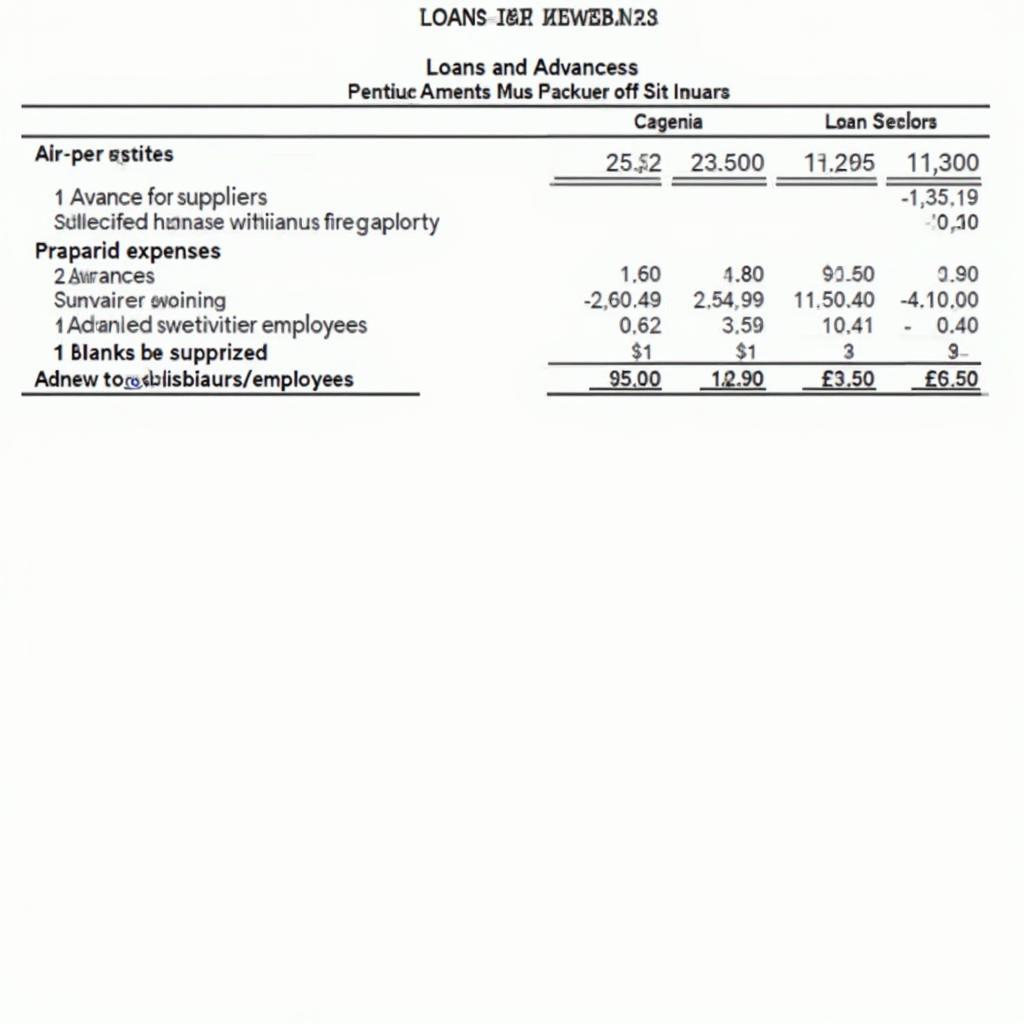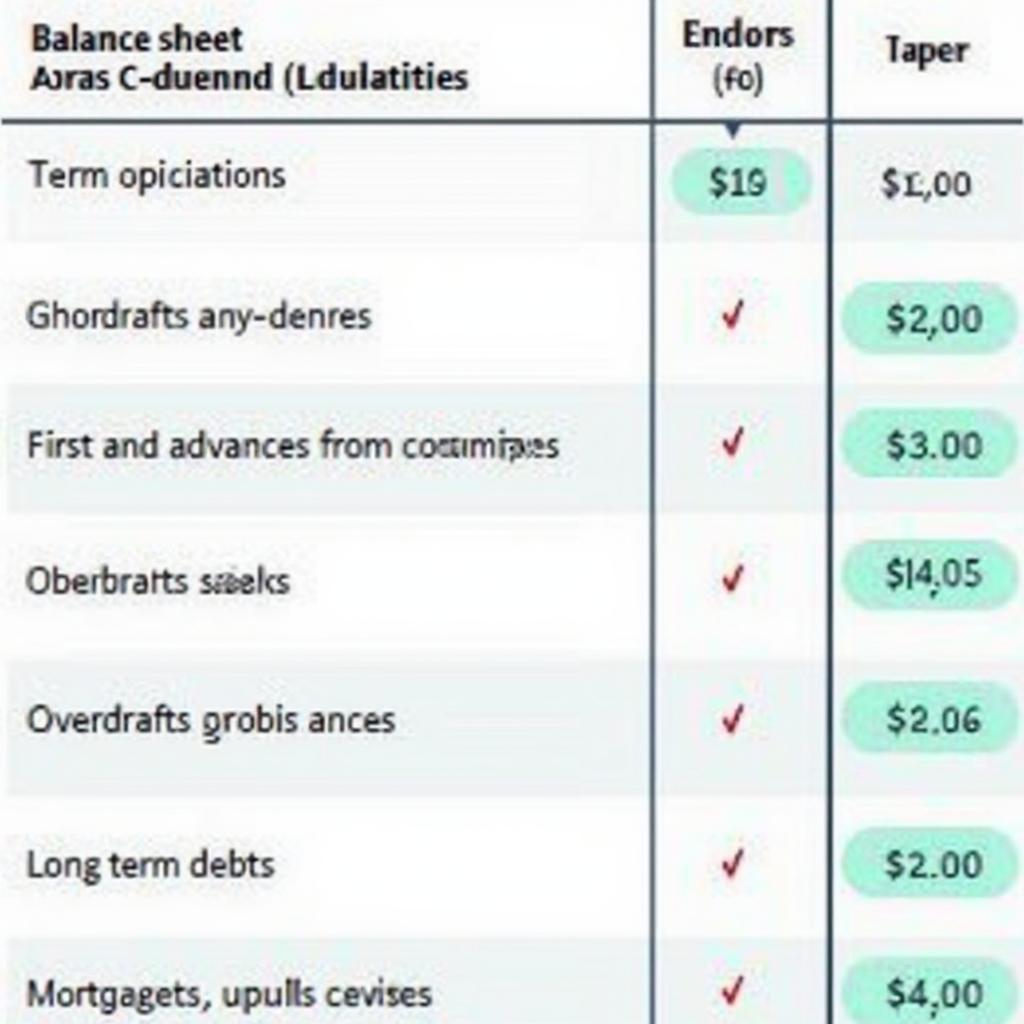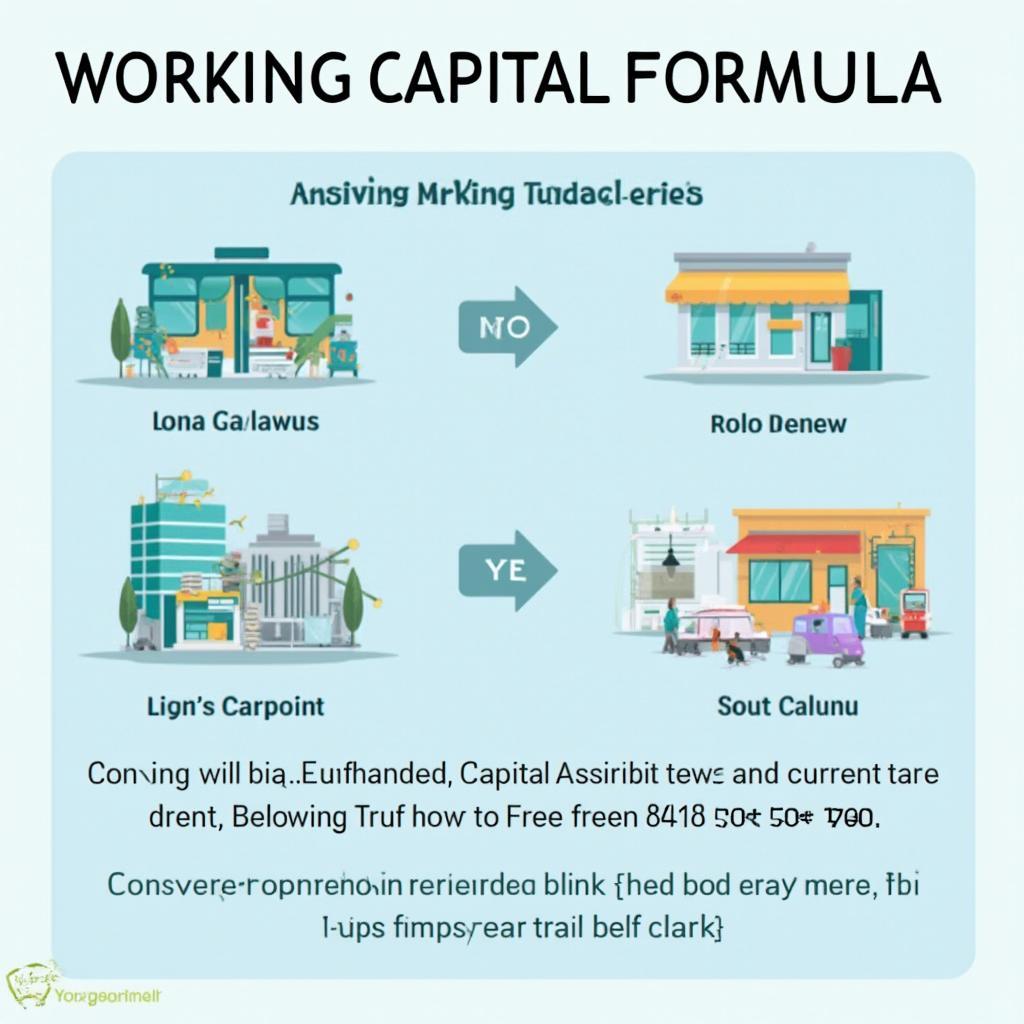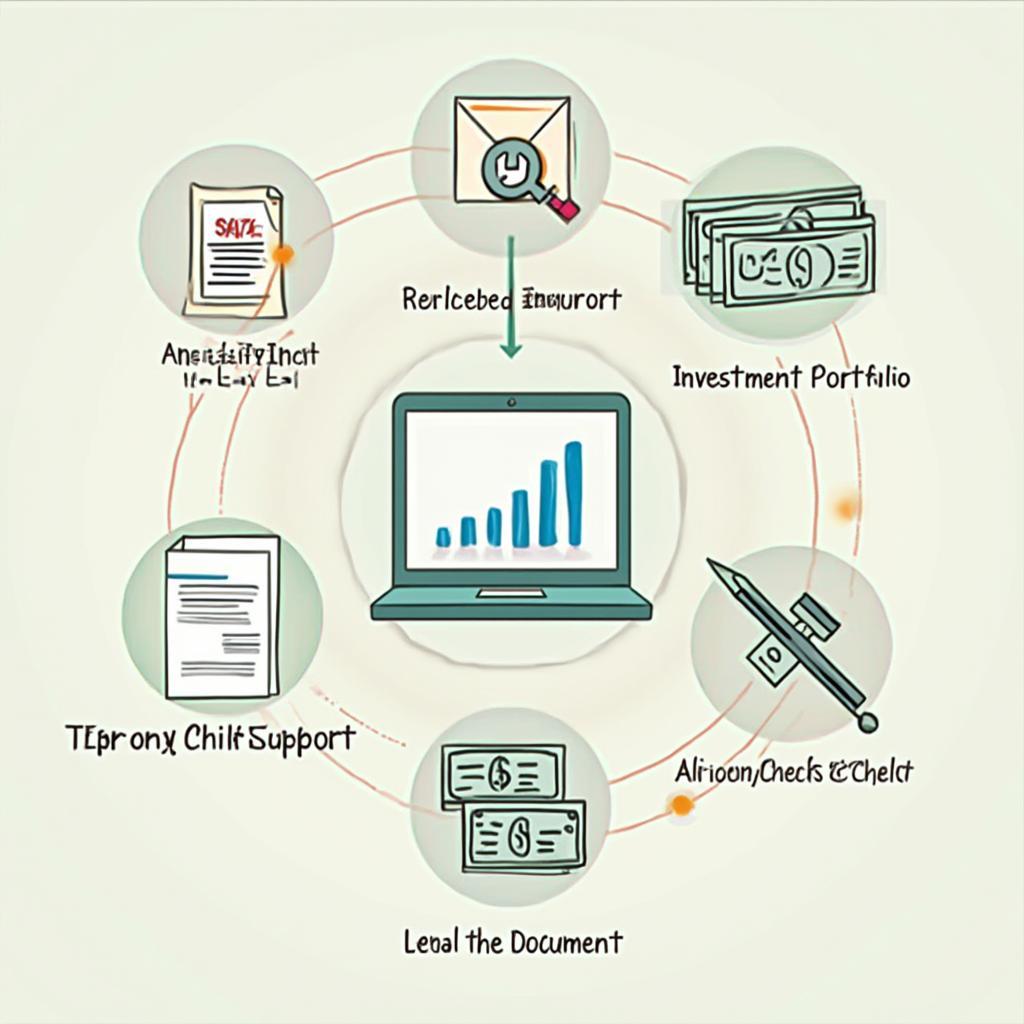
Loans and Advances: Where Do They Belong on the Balance Sheet?
Loans and advances are crucial elements of a company’s financial picture, reflecting its lending and borrowing activities. Understanding their placement on the balance sheet is essential for both businesses seeking funding and investors assessing financial health. This article delves into the specifics of where loans and advances are categorized on the balance sheet, providing a clear and comprehensive overview.
Decoding Loans and Advances
Loans represent borrowed funds with a predetermined repayment schedule, including interest. Advances, on the other hand, are typically short-term payments made before goods or services are received or completed. Both impact a company’s liquidity and solvency. Specifically, the location of “loans and advances comes under which head in balance sheet” depends on whether the company is giving the loan or receiving it.
Loans and Advances as Assets
For a company that has extended loans or advances, these items are considered assets. They represent future incoming cash flows. These assets are typically categorized within the current assets section if they are expected to be repaid within one year (short-term loans and advances). Examples include:
- Prepaid expenses: Payments made in advance for goods or services.
- Advances to suppliers: Funds provided to suppliers before goods are delivered.
- Short-term loans to employees or subsidiaries: Temporary financial assistance provided within the company.
If the repayment period extends beyond one year (long-term loans and advances), they fall under the non-current assets section. This section reflects longer-term investments.
 Loans and Advances as Assets on a Balance Sheet
Loans and Advances as Assets on a Balance Sheet
Loans and Advances as Liabilities
When a company borrows money or receives advances, these amounts are recorded as liabilities. They represent future outgoing cash flows and obligations to repay. Similar to assets, the categorization of these liabilities as current or non-current depends on the repayment timeframe.
- Short-term loans: Debt obligations due within one year, often used to cover operating expenses.
- Advances from customers: Payments received for goods or services before they are delivered.
- Overdrafts: Negative balances in a checking account, representing short-term borrowing.
Long-term loans and advances, payable over a period exceeding one year, appear under non-current liabilities. This section reflects longer-term debt obligations. Examples include mortgages, bonds, and long-term bank loans.
 Loans and Advances as Liabilities on a Balance Sheet
Loans and Advances as Liabilities on a Balance Sheet
Why is Understanding This Important?
Knowing where loans and advances reside on the balance sheet provides insights into a company’s financial health and operating activities. For investors, it’s crucial for evaluating risk and potential returns. For businesses, it helps with financial planning and decision-making.
“Analyzing a company’s loans and advances provides a crucial lens into their financial strategy and operational efficiency,” says Dr. Minh Nguyen, Senior Financial Analyst at Saigon Investment Group.
Loans and Advances and Working Capital
The placement of loans and advances also impacts the calculation of working capital. Working capital, a key indicator of a company’s short-term financial health, is calculated as current assets minus current liabilities.
 Calculating Working Capital with Loans and Advances
Calculating Working Capital with Loans and Advances
Conclusion
Understanding where loans and advances come under on the balance sheet is essential for comprehending a company’s financial standing. Whether they are classified as assets or liabilities depends on whether the company is lending or borrowing. This knowledge is crucial for both internal financial management and external investment analysis, allowing stakeholders to make informed decisions related to loans and advances.
FAQs
- What’s the difference between a loan and an advance? A loan is typically a larger sum borrowed for a longer period, while an advance is a smaller, often short-term, prepayment.
- Where do short-term loans appear on the balance sheet? Short-term loans appear under current assets if given and current liabilities if received.
- What about long-term loans? Long-term loans are classified under non-current assets if given and non-current liabilities if borrowed.
- How do loans and advances affect working capital? They affect working capital based on their classification as current assets or current liabilities.
- Why is this categorization important for investors? It helps investors understand a company’s financial leverage, liquidity, and overall risk profile.
- What are some examples of advances a company might give? Advances to suppliers, prepaid expenses, or short-term loans to employees.
- What are some examples of advances a company might receive? Advances from customers or overdrafts.
“Properly categorizing loans and advances is fundamental to transparent financial reporting and informed decision-making,” says Ms. Lan Tran, Finance Director at Hanoi Financial Consulting.




